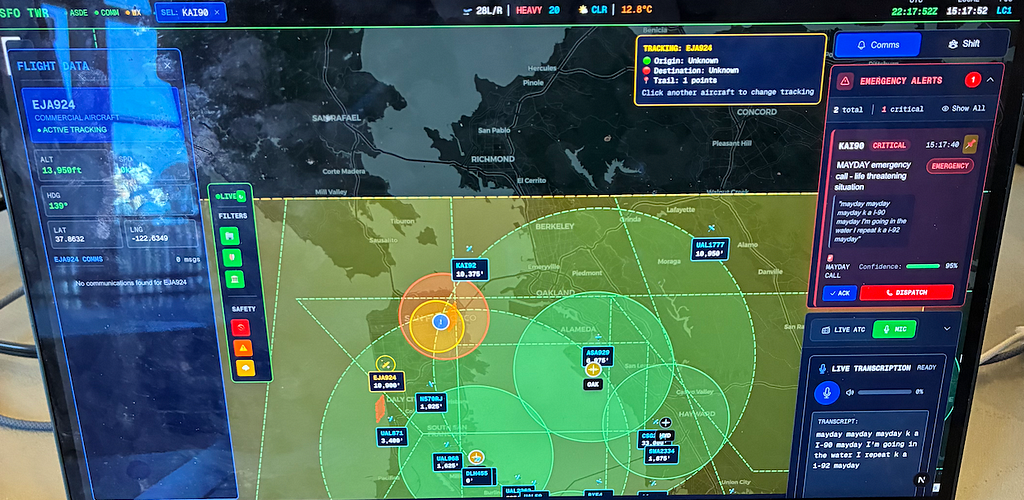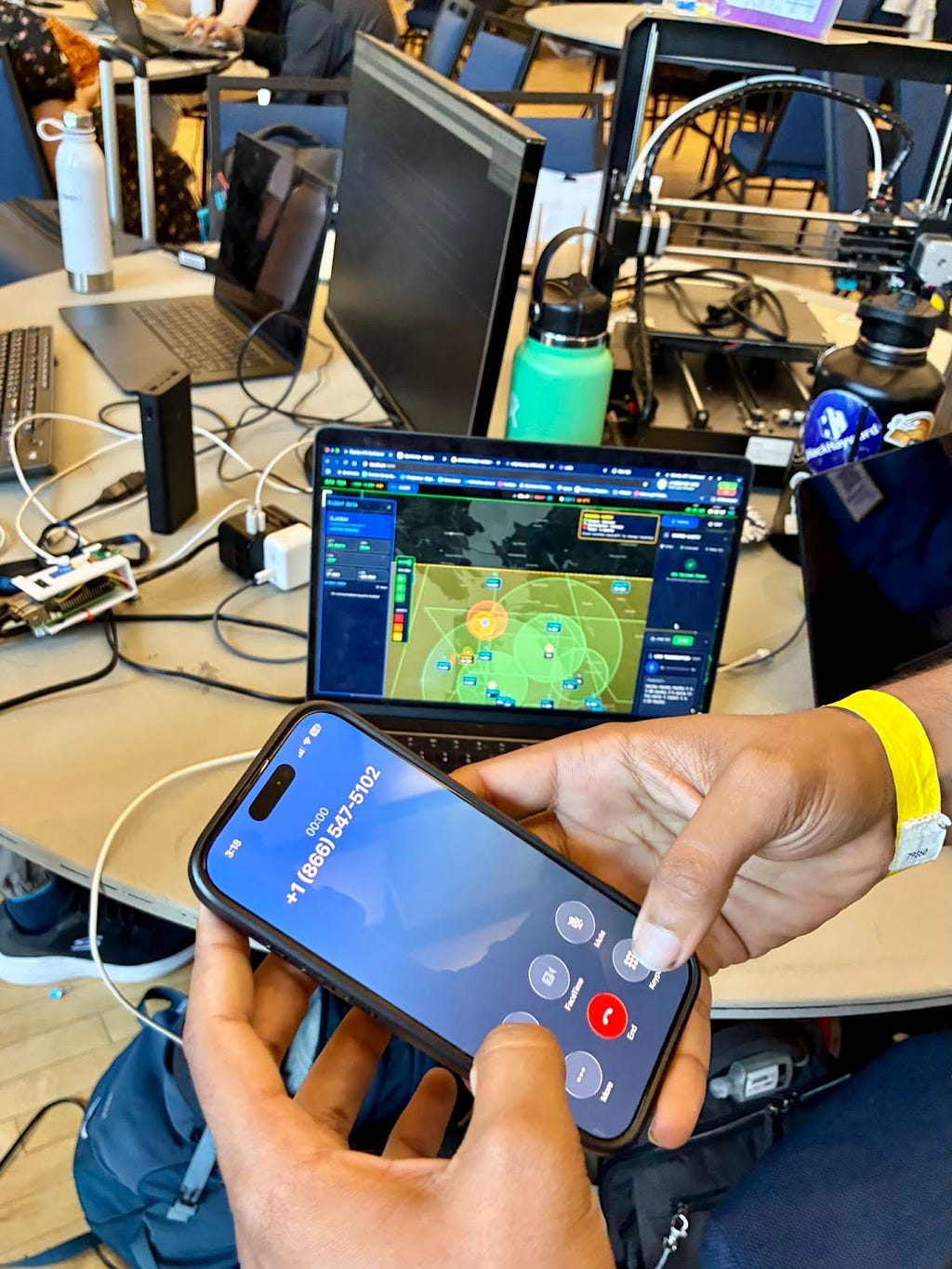MayDay: An AI Safety Net for Air Traffic Control, Built on Fetch.ai
0
0
MayDay: Using Fetch.ai to Build a Real-Time AI Co-Pilot for Air Traffic Control

The following guest blog is by Team Mayday — members Hunter Nguyen and Mizan Tompkins — who competed in the UC Berkeley Hackathon on July 21–22, 2025. As a gold sponsor of the event, Fetch.ai is proud to announce that Mayday took home our top honor, First Prize “Best Use of ASI:One”. Their exceptional project made extensive use of the Fetch.ai agentic platform.
MayDay: An AI-Powered Co-Pilot for Air Traffic Control
In high-stakes aviation environments, every second counts and every instruction matters. Today’s air-traffic controllers (ATC) juggle dozens of simultaneous tasks, often with limited tooling and zero room for error. The MayDay team — driven by firsthand tower experience and a rising number of aviation incidents — set out to build something bold: an AI-powered co-pilot that listens, understands, and responds alongside human controllers.
What We Built
MayDay is a real-time ATC-augmentation platform powered by Fetch.ai agents. It transcribes live aviation audio, parses structured meaning from dense ATC chatter, detects emergencies, and notifies first responders. Designed not as a replacement but as a second brain, MayDay reduces cognitive load and highlights urgent events with full context.
How It Works
We engineered MayDay around a multi-agent architecture using Fetch.ai’s uAgents, ASI:One, and Agentverse, where our agents are deployed for accessibility and reuse beyond our own system. These agents handle the full pipeline:
- Live Audio Transcription: A fine-tuned Whisper model, trained on English ATC data and deployed via Groq for low-latency inference.
- Natural Language Parsing: LLMs convert raw transcripts into structured aviation directives.
- Emergency Detection: Agents continuously monitor communication streams, identifying runway incursions, conflicting instructions, or loss of contact, and triggering alerts accordingly.
- Response Coordination: Via Vapi, agents can auto-initiate phone calls to emergency services with prefilled, context-rich information.
To ensure smooth cross-agent and cross-platform communication, we utilized MCP (Model Context Protocol) to bridge workflows between Fetch.ai agents and external services, including Vapi’s public MCP server.

The Interface
The ATC-facing interface, built in Next.js, displays real-time updates via WebSockets. Controllers see a radar-style dashboard that visualizes communications, alerts, and ongoing situations in an intuitive, low-friction format. Every agent decision is logged and traceable.

Fetch.ai in Action
Fetch.ai’s agent ecosystem was critical in breaking our system into modular, intelligent units. With uAgents, we delegated workflow components — transcription, anomaly detection, and escalation — to autonomous processes that communicate reliably via WebSockets. ASI:One managed complex asynchronous hand-offs between agents, reducing failure modes and enabling real-time responsiveness. MCP connected external tools like Vapi, enabling agent-triggered voice alerts based on live data.
What’s Next
- Tower-Systems Integration — Connect with live radar and ATC systems.
- Expanded Data Sources — Incorporate flight plans and weather feeds.
- Regulatory Conversations — Work toward commercial deployment with aviation authorities.
MayDay proves that Fetch.ai agents can move beyond experimentation and deliver under real-time, high-consequence conditions. We’re continuing to refine and expand MayDay — if this space excites you, we’d love to connect and explore what’s next:
Hunter Nguyen: https://www.linkedin.com/in/hunterhnguyen/
Mizan Tompkins: https://www.linkedin.com/in/mizanrt/

MayDay: An AI Safety Net for Air Traffic Control, Built on Fetch.ai was originally published in Fetch.ai on Medium, where people are continuing the conversation by highlighting and responding to this story.
0
0
 Manage all your crypto, NFT and DeFi from one place
Manage all your crypto, NFT and DeFi from one placeSecurely connect the portfolio you’re using to start.



